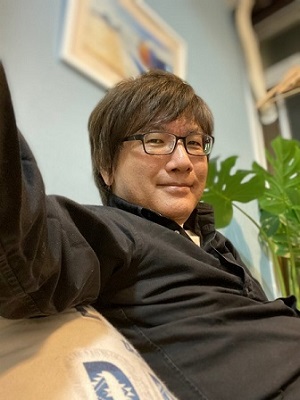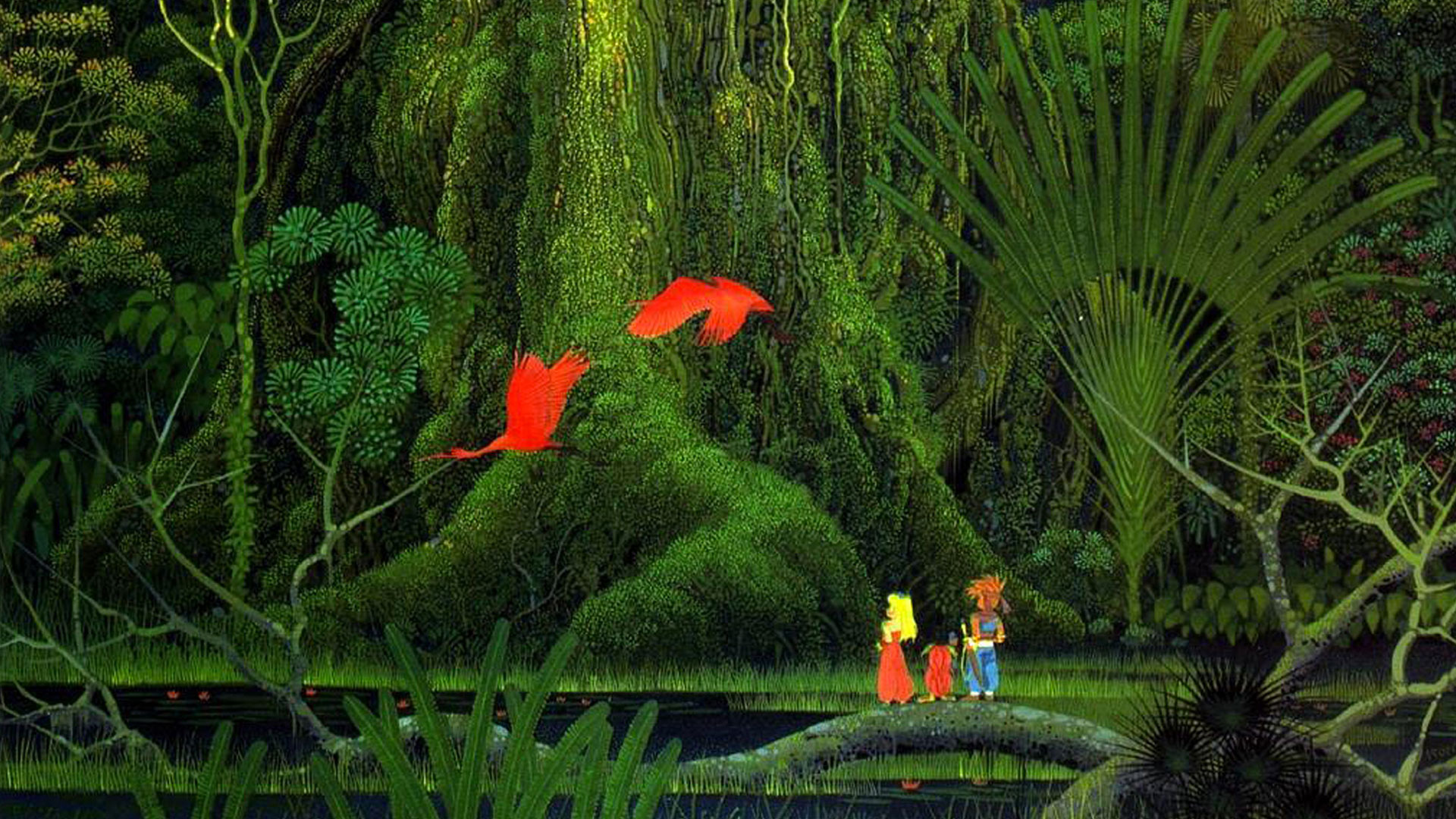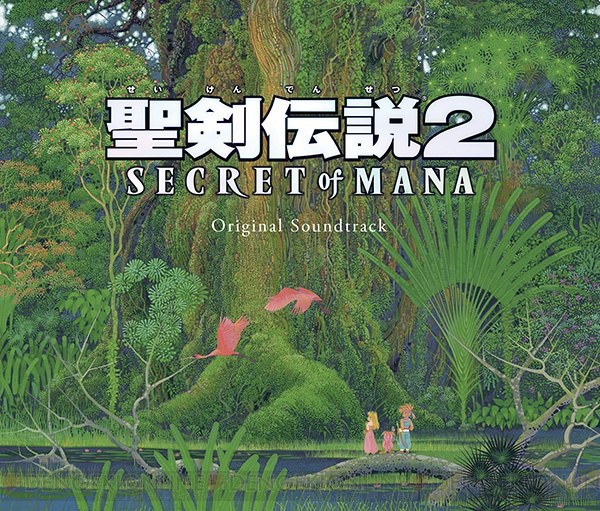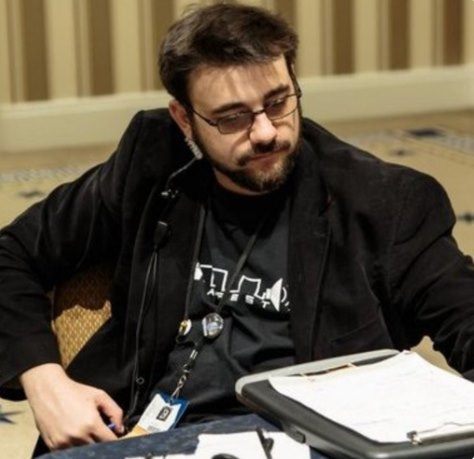The Music of Mana – About Secret of Mana’s Music

The Music of Mana – About Secret of Mana’s Music
February 28, 2021
Communication comes into existence when we acknowledge the difference between ourselves and the other, and attempt to measure its distance. Without communication, there is no self and no world. There are various ways to form connections with others, and music is highly effective. Through a single musical phrase, it’s actually possible to influence the creation of a kind of world in the imagination of the listener.
Secret of Mana composer Hiroki Kikuta
Interview with Square Haven
When we play Secret of Mana, it’s easy to forget that it’s art. Of course there’s creativity in how the game is programmed and the story is told, but we mustn’t forget the visuals and music, and how all of these things combine to create the result. Today, these things are taken for granted in gaming, but in 1993, artists had to make do with less, and let the player’s mind take over. In fact, translator Ted Woolsey has pointed out that even creators of games like Secret of Mana thought of them as toys and didn’t give extra gameplay elements their necessary due. (Player One Podcast Interview, 2007)
The 16-bit era was an interesting one for video game music. While sound palettes had evolved from unsophisticated 8-bit timbres, we hadn’t arrived at CD quality audio, and the polyphony was limited by the hardware. The music for the SNES is essentially equivalent to MIDI, but on a very specific sound chip.

Secret of Mana’s soundtrack was composed by Hiroki Kikuta. Kikuta’s work broke away from the more traditional scores in fashion. These include ones by the king of the RPG music world at the time, Nobuo Uematsu, who composed the contemporary Final Fantasy soundtracks, among others. The musical tools chosen for Secret of Mana were more diverse and perhaps less deliberate—we have traditional elements like pianos, big strings and sweeping lines, but also irregular time signatures, polyrhythms, dance rhythms, elements from world music, and some very effective use of synthesizer palettes. This change in character is certainly a function of a different composer’s style, but it is also necessary as Secret of Mana is a different experience than earlier games. Kikuta’s execution gives the impression of an intricate story book that doesn’t require an epic grand theme like the Prologue in Final Fantasy IV or Chrono Trigger’s Main Theme. Innovative elements of this soundtrack certainly gave way to aspects of that game’s music a few years later. In fact, Chrono Trigger’s main composer was Yasunori Mitsuda, Kikuta’s assistant on Secret of Mana, who composed the briefer cues such as fanfares.
Kikuta was also part of the team that remixed the soundtrack for the 2018 remake. Sonically, the high resolution audio is a clear winner over the original, but the new arrangements were by committee, and both the overall approach and resulting effectiveness are inconsistent. We’ll explore this in the individual surveys for each track.
Like the game itself, Secret of Mana’s soundtrack suffered as a result of the reduction from a planned CD-ROM release. According to Dominic Cerquetti, former director of MAGFest,
When they [altered the game to fit a] Super Nintendo [cartridge], they had to cut back some of the tracks, so there are a few…where it’s a little thin because they could only do eight channels on a Super Nintendo.”
Personal conversation. Cerquetti hosted Hiroki Kikuta at MAGFest in the early 2010s.
You may notice that parts of the music cut out when sound effects happen. The programmer Queue explained that this is an effect of Secret of Mana having the best quality music possible on the SNES:
The SNES has 8 sound channels. To let [Secret of Mana's] music be as rich as possible, they allow music to use all 8 channels, but then temporarily let sounds override channels on demand. Other games have a fixed split of the channels for music and sound (say, 6 music, 2 sound effects), or they use a similar override mechanism but limit music to 4 or 6 channels in the first place so that overrides aren't as common.
In 2007, Kikuta spoke to Square Haven and described the genesis of the soundtrack and how he overcame some of the technical challenges:
The major obstacle in developing music for the Super Famicom was the problem of the size limitations for data files required by the 8 voice PCM. Kikuta had used a Yamaha SY77 for his demo reel. For Seiken Densetsu 2, he had to consider the Super Famicom's 16-bit sound card. He started out by sampling the game system's instruments on his own synthesizer so that he could have greater control over manipulating them. He found that while putting everything in hi-fi required more memory than the game hardware could handle, there were tricks you could use to maximize sound quality. Instruments used for low notes, like the bass drum, did not need to be hi-fi, while cymbals and high hats, if you wanted the sound to be crisp and sharp, required a higher quality conversion. So, he found you could strike a balance between optimizing the quality of the sound and fitting the data requirements of the Super Famicom, so long as you brought a sleeping bag to work.
Recently, full versions of SNES soundtracks have been leaked with no compression or alterations that were needed to accommodate the limited hardware. It’s possible that something similar may surface for Secret of Mana.
As the soundtrack was composed in the early 90s, it was in the days before the coming influences of EDM, urban, post-rock, and poststructural elements in program music. A full discussion of this is well beyond the scope of this site, but we can contrast the sounds of Secret of Mana with the radical departure in RPG music that was exemplified by Final Fantasy VII a few years later. Another example is the subdued Corneria stage track for StarFox 64, in sharp contrast to the ultra dynamic, catchy synth tune for the SNES StarFox’s Corneria stage just a few years prior.
To truly appreciate Kikuta’s work, you should listen on good quality headphones or a decent sound system if you have access to one. If you played on a television back in the day or a small electronic device now, you may be deprived of some elements. I’d also encourage you to seek out the thousands of remixes available on YouTube. Some are better than others, but there’s a few that are exceptionally inventive in reimagining the game’s tracks. Kikuta recently composed the music for our friend Roko Zaper’s game, The Blueness of a Wound, which you can find here.
Another thing you might want to check out is this discussion on how music was created for the Super NES. And while it’s not related to Secret of Mana, David Wise talks about composing music for various SNES games here.
It’s always amazing how artists push against the limitations of their medium; in this case, the hardware of the SNES itself. Not only was Kikuta limited in the number of voices he could use, but there were global memory constraints as the cartridge could only handle so much music data.
UPDATE: You can find out more about Secret of Mana’s music in our 30th anniversary retrospective.



